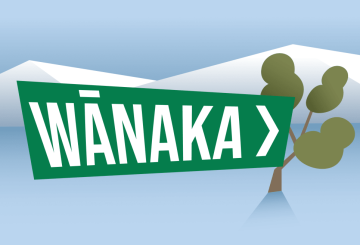ニワの気象学者トリスタン・マイヤーズ氏は、エルニーニョ現象の気候パターンにより、ニュージーランドは夏が最も暑くなると予測されていると警告しています。80年ぶりの猛烈なエルニーニョ現象は、この地域の気温上昇を意味する。
火災の懸念
極度の暑さは山火事のリスクを高めます。消防署は、過酷な季節になると予想しており、例年よりも悪化する可能性もあります。オーストラリアのチームと協力して、大型エアタンカーのような資源の共有について話し合っています。ニュージーランドのFire and EmergencyのRory Renwickは、オタゴとハイランド・カンタベリーの一部では森林火災が頻発する状況にあることを指摘し、備えの重要性を強調しました。
農業への影響
乾燥状態は干ばつを引き起こし、地域の食料生産に影響を与える可能性があります。農業アナリストのエマ・ヒギンズ氏は、これが食料価格の上昇につながる可能性があると示唆しています。最もリスクが高い地域には、ホークスベイ、オタゴ、カンタベリー、ウィアラパなどがあります。農家はこうした状況に備えるよう勧められています。
害虫の大流行
昆虫学者のポール・クラドック博士によると、家ではアリやゴキブリが増え、暑さのために屋外ではハエや蚊が最初に増加することが予想されます。ただし、暑さが長引くと、その数は減少する可能性があります。
サメの目撃情報は増加する可能性が高い
海が暖かくなると、より多くのサメが海岸に引き寄せられる可能性があります。ニュージーランドの海洋生物学者、ライリー・エリオットは、最近、特定の地域でホオジロザメが増加していると指摘しています。彼は、ビーチにいる人が増えると、サメの目撃情報も増えると考えています。エリオットは、サメに襲われることはまだまれだと断言する一方で、ビーチに行く人には海洋環境を尊重するよう呼びかけています。
特にリスクの高い地域では、住民と訪問者は常に情報を入手し、準備を整えることが奨励されています
。





























































